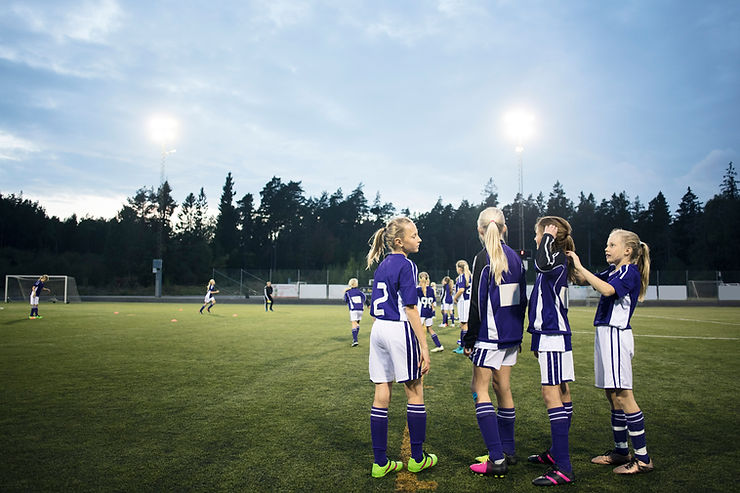3 Steps to Optimise Your Training Session
- Dave Roebuck

- Jan 17, 2020
- 3 min read
Updated: Jun 2, 2020

I’ve been coaching for several years now, but my start to a life of leading athletes was a rocky one. My first coaching job was one coaching my old school’s under fifteen C basketball team, which was then the lowest ranking team in the school. I didn’t mind that the players were young and inexperienced. You could say that it was a fitting arrangement because most of these players had as much experience playing the game as I had coaching it- zero.
Naturally, I made many mistakes while trying to guide these young players the best way I could. Thankfully, it was through studying a degree in Sport Psychology and through the mentorship of other coaches that I was able to learn important lessons which helped me to be a more successful coach. This article explains one of the most important training lessons I learned from them. Here are three steps you can follow in order to ensure that you can get the best possible results out of your training sessions.
Step 1: Lose the Queues
Few things annoy me more than watching a training session in which young athletes are forced to wait in long lines in order to develop skills. I recently watched several primary school and high school soccer practices in which players were forced to stand in long lines in front of goal in order to have the opportunity to take shots on goal. By keeping track of how much time each player spent waiting in line versus practicing soccer skills, I observed that each player spent around 10% of their time practicing the skill and 90% of their time waiting in line and doing nothing. This is obviously an inaccurate simulation of the demands of a 90-minute soccer match, and a terrible waste of time. As a parent, you’d probably be upset if your son/daughter only trained for 12 minutes of his/her 2-hour training session after school, but that can easily happen if players have to queue to train.
Step 2: Stations and Rotations
In order to eradicate inefficient queuing in training sessions, I’d recommend that you set up several training stations around the practice area. Each station would be where a small group of players would practice a skill. For example, if you’re a basketball coach, instead of getting all 12 of your players to form lines to do lay-ups, get a group of 4 of them to practice lay-ups. As for the others, set up a passing station where another group of 4 do passing drills, and the remaining 4 can practice dribbling at the dribbling station. As coach, you can move around to each group to supervise and give corrections. After 10 minutes of the 3 groups doing drills at their respective stations, ask them to rotate to a new station. After 30 minutes, each player would have spent a third of their time practicing lay-ups, a third of their time practicing passing, a third of their time practicing dribbling, and none of their time doing nothing. That’s efficient. It’s worth mentioning that, depending on age and fitness levels, short breaks should be given to players between rotations so that they don’t burn themselves out.
Step 3: Appoint Leaders
Using the Stations and Rotations method can be very difficult if you’re training young athletes. This is because they would typically need more close supervision and correction than older experienced athletes. In sessions in which you struggle to manage athletes at multiple stations, I would recommend you getting assistance from an assistant coach or a senior player from an older age group who wants coaching experience. However, if your team is skilled and mature enough, Stations and Rotations provides a great opportunity to identify and appoint leaders within the team. If you identify a leader in one of your small groups, give them the opportunity to lead that group at his/her station to ensure that the drills go smoothly. This opportunity may spark leadership potential that few would have spotted if he/she were standing in a queue.
I hope that this article has helped you take an important step in understanding time management and efficiency in training.
Thanks for reading this article. If you have any comments or questions about it or suggestions for future articles, I’d love to hear from you.
Your support means a lot to me. If you'd like to keep seeing content like this (and you want access to some awesome benefits), consider becoming a patron here: https://www.patreon.com/evosportssa
Keep Growing
Dave Roebuck




Comments